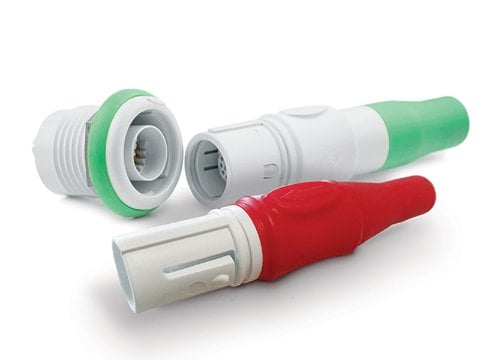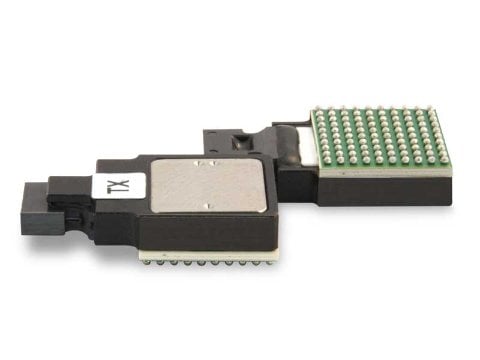- SS-30, S-00 and SS-40 Series probes and receptacles
- 3 A current rating
- Spring force options between 1.30 and 2.40 oz.
- ≤ 0.620" (15.75 mm) overall lengths
- IDI Spring Probe technology
- Lead Free probe design is based on the ICT probes. The plunger material, plating and tip geometry have been optimized to provide less wear and contamination build-up while using a moderate spring force of 7 to 8 ounces.
- Rotator probes, ideal for non-clean and lead-free applications, rotate 90⁰ at the rated travel, virtually drilling through contaminants with a low spring force.
| Probe | Probe OAL |
Max Travel |
Mating Receptacle |
|---|---|---|---|
| SS-30 Series |
0.610 (15.49) |
0.100 (2.54) |
RSS-30 Series |
| S-00 Series |
0.660 (16.76) |
0.090 (2.29) |
R-00 Series |
| SS-40 Series |
0.620 (15.75) |
0.050 (1.27) |
R-00 Series |
Dimensions are in inches (mm) | All specifications are subject to change.
| Receptacle | Insertion Tool | Crimping Pliers |
| RSS-30 Series | RT-SS-30 (for flush mount) | CP-SS-30 (for 30 gage solid conductor) |
| R-00 Series | RT-00 | CP-00-390 (for 30 gage solid conductor) CP-00-500 (for 30 gage solid conductor) |





